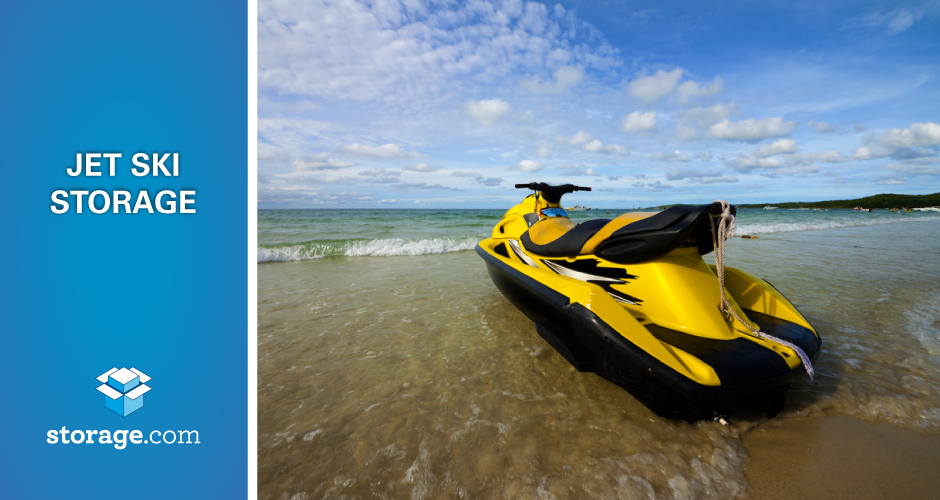While some parts of the country offer great weather year round, many do not, and if the frigid months are new to you, then you’re about to learn all the difficulties it can bring. Blistering winds, plunging temperatures, and even the snow is frozen water, you’ll find things have a way of being habitually cold and wet.
Now imagine being a cardboard box of photographs left on the floor of a storage unit. If the water doesn’t get you, then maybe it’ll be the growing frost around the door or pests looking for a nice place to nest over the winter.
Freezing temperatures and conditions can wreak havoc on your weather-sensitive belongings, so if you’re looking to use self storage throughout the winter months, here are a few tips for you to use.
1. Use winter as a time to get rid of junk
Before you decide what needs to go into winter storage, from summer sports equipment to seasonal clothes, don’t wait for spring to get cleaning: sort through your junk now. If an item is necessary, useful, or of a high personal value, then keep it. Otherwise, now would be a great time to consider selling it, donating it, or trashing it.
2. Climate control is an absolute must
First and foremost, the climate control feature will be a must for the majority of winter storage materials. This feature maintains a constant temperature and moisture level within the storage unit, preserving your belongings despite how cold it is outside, and that cold can do a lot. Freezing temperatures can cause plastics to become brittle and break. Another example is things like batteries losing their charge or condensation forming over the seasons.
Using a climate controlled storage unit in the winter allows you to keep weather sensitive items safely throughout the cold months, so always consider this feature when renting a storage unit in the winter.
3. Use drive up access for vehicles
A big us for winter self storage involves vehicle storage, which can include anything from rideable lawn mowers to sports cars to boats and RVs. Typically speaking, there are some outdoor parking options for vehicle storage, but if you want to best protect these vehicles in areas with particularly harsh winter weather, find a storage facility with drive up access to the units. A larger 10×10 to 10×30 unit can accommodate most vehicle sizes, and with drive up access you can park these expensive tools, hobbies, toys, and trophies safely inside.
4. Pack, prepare, and organize right to avoid pest control
Whether using climate control or not, your belongings are not the only thing struggling against the cold. Bugs, mice, and other critters are constantly looking for ways to stay warm, and unprotected storage unit and its content can make for an inviting winter habitat. To protect your items, find a storage facility in your area that provides pest control. Outside of that, there are steps you can take yourself to help protect your belongings.
For instance, rather than using a chewable cardboard box, find a clear plastic and airtight tote, which also helps in packing, stacking, and organizing. Also, as with any storage situation, take time to carefully clean your items, which can help avoid a lot of damages from scratches to attracting hungry critters.
As winter dies down, it will also be helpful to check on your belongings—if you’re not already planning on switching them out with the seasons. Winter can be a difficult time for a lot of folks, but it doesn’t have to be hard to keep your belongings safe and secure in a storage unit.





